A Navy veteran and airline pilot known online as Captain Steeeve has explained why there has been a delay in retrieving data from the Air India Boeing 787 Dreamliner, which crashed on June 12.
More than 250 people d.ied from the crash which took place shortly after the Air India plane left Ahmedabad airport, in western India, on a journey bound for London, UK.
The plane, which was carrying 242 people, was only in the air for around 30 seconds, during which time it struggled to gain altitude before it crashed back down in a local neighborhood, k.illing all but one on board.
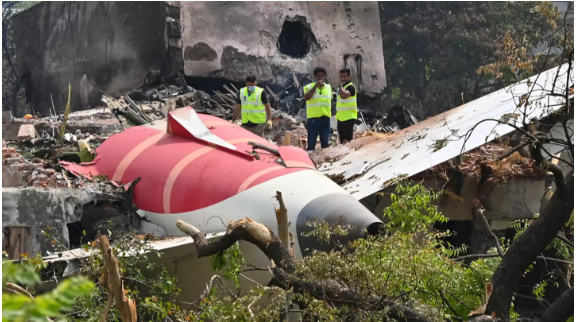
An investigation into the crash has been launched by India’s Aircraft Accident
Investigation Bureau (AAIB), with Aurobindo Handa, former director general of
the bureau, telling Sky News that data recorders known as black boxes were
crucial for investigators.
However, more two weeks on from the crash, data is yet to be shared from the
recorders.
What information is stored on a black box?
Black boxes, ofcially known as Digital Flight Data Recorders (DFDR), have two
components which could be key for offering insight into what happened on
June 12.
One element is the ight data recorder, which tracks things like altitude,
airspeed, and the status of controls.
Another element is the cockpit voice recorder, which helps keep track of
conversations pilots had amid the emergency.
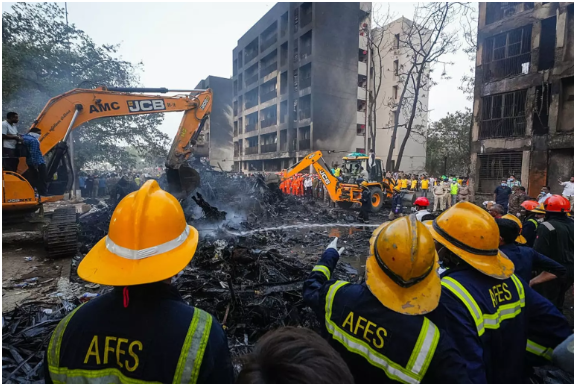
Where is the crash data?
Though the retrieval of the black boxes from the Air India ight was made
more complicated due to the damage done to the plane, they have since been
collected by investigators for analysis.
As for the delay in sharing the ndings, Captain Steeeve explained that
damage to the black boxes has further hindered investigators’ ability to
retrieve the data they contain, saying: “If you got a ight data recorder that’s
not damaged at all you can simply plug a cord into it hook it up to a laptop
and retrieve the data. It gets much more complicated when they’re damaged.
“And so clearly with these they couldn’t just plug into them and retrieve the
data. So now you’ve got to get the box physically out of the airplane… And then
you got to take that thing and you’ve got to get it someplace where somebody
can interpret it.”
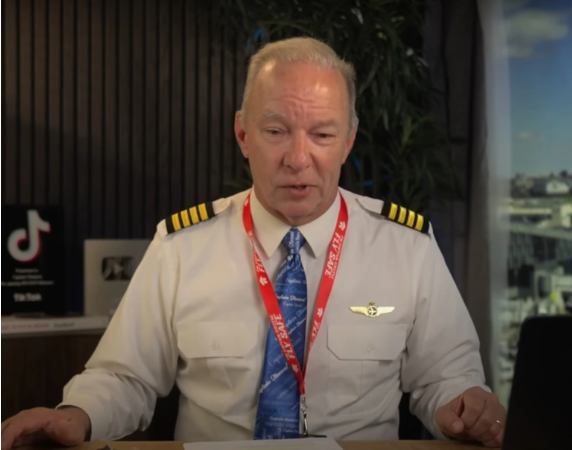
The black boxes are now in Delhi in India, where multiple agencies working on
the case have had to come together to analyze the data.
How will authorities retrieve the data?
Captain Steeeve stressed that black boxes are ‘completely sealed’, meaning
experts have to ‘cut into’ the box while trying to avoid any further damage.
“You have to have the right precision equipment to do that,” he said, adding:
“That’s got to get sent over there [to Delhi].”
Once the data has been collected from the motherboards in the black boxes, it
has to be put into a working recorder – a process which ‘takes time’ to avoid
any information being lost, Captain Steeeve said.
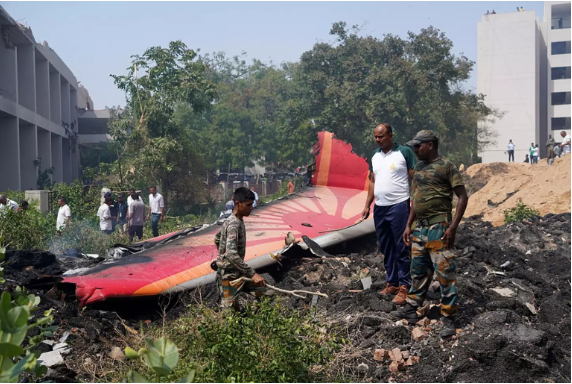
Once the data is readily available, investigators then have to interpret it – a
process made more complicated by the fact that the plane was only in the air
for a very short period of time.
Captain Steeeve said: “Since [issues] happened so close to one another it’s
almost like a tangled ball of yarn. It can be straightened out, it can be undone
but it’s much more complicated than a long string of yarn that has a couple of
knots in it…
“That’s why it’s taken so long up to this point and it may take much longer for
them to do it and to do it properly. If I’m leading that investigation I want to
make sure that we get the proper answers, the correct answers, before we go
to the public.”
What is the ‘sabotage’ theory surrounding the crash?
As the investigation continues, India’s aviation minister has conrmed that it is
considering whether there may have been sabotage involved in the crash,rather than an accidental issue.
Murlidhar Mohol, the minister of state for civil aviation, said: “It was an
unfortunate incident. The AAIB has begun a full investigation into it… It is
being probed from all angles, including any possible sabotage.
“The CCTV footage are being reviewed and all angles are being assessed…
several agencies are working on it.”
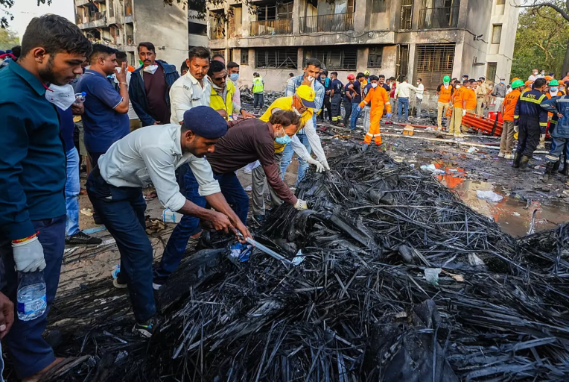
Mohol described the events surrounding the crash as ‘rare’, noting that both
engines have never previously failed at the same time.
“Once the (probe) report comes, we will be able to ascertain if it was an engine
problem or fuel supply issue or why both the engines had stopped
functioning,” he explained.
Where is the investigation up to now?
(Saurabh Sirohiya/NurPhoto via Getty Images)
On Sunday (June 29), India’s civil aviation ministry conrmed that a team led
by India’s AAIB has started looking at the data, with support from the U.S.
National Transport Safety Board.
The ministry added: “These efforts aim to reconstruct the sequence of events
leading to the accident and identify contributing factors to enhance aviation
safety and prevent future occurrences.”
Mohol has said a report would be released in three months.
Source: unilad.com


